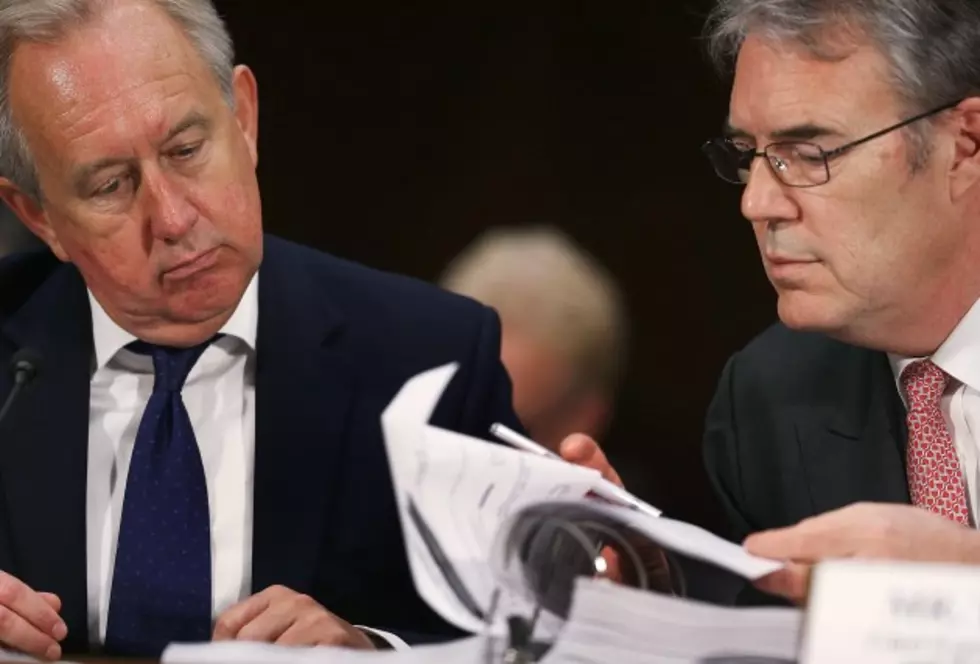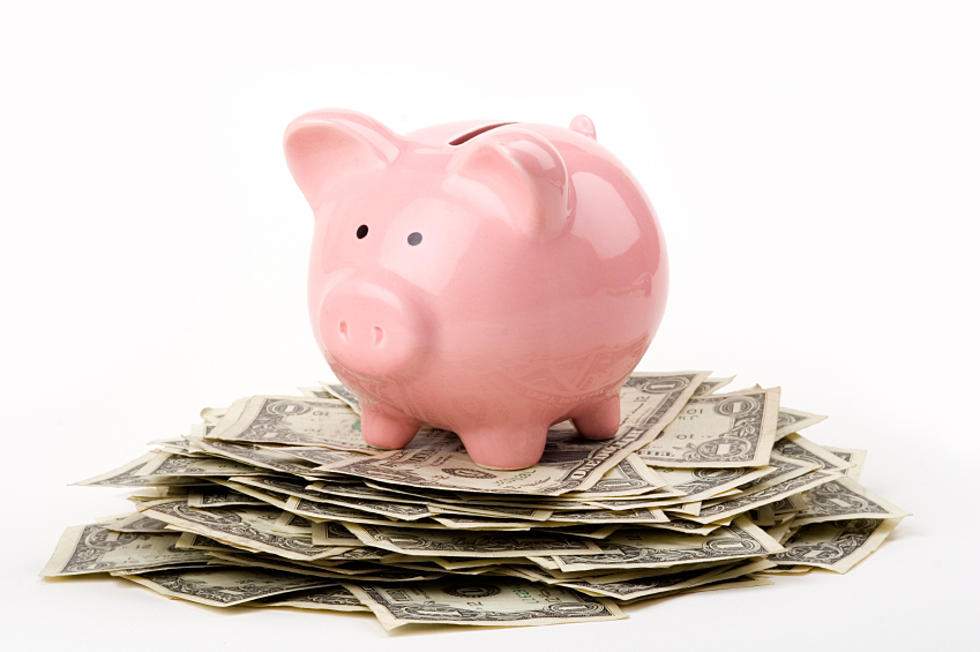
Don’t Trust Your Bank?
It seems you can’t pick up a newspaper or magazine without seeing a story about banking corruption. It’s no wonder that the average rank and file depositor is a little leery about the safety of his or her hard earned savings.
The Federal Reserve will be quick to tell you that no depositor has lost a single dime of his or her money since The Banking Act of 1933 was passed. The act is sometimes referred to as the Glass-Steagall Act and established, among other things, the FDIC (Federal Depositors Insurance Corporation) that insures every depositor up to the amount of $250,000 per account.
In the 1920’s it was not uncommon to have “runs on the bank.” Since banks also loan depositors money out for commercial, personal or residential loans they did not always have enough cash on hand to cover deposits if too many customers showed up demanding their funds at the same time. The FDIC gave comfort to the depositor that in the event the bank became insolvent the federal government would replace their deposit up to the current amount of $250,000 per account.
Even with this security blanket, many depositors are still a little shaky about the ways banks do business. This leads people to explore other options for storing or investing wealth in safer venues.
If Not The Bank… Then Where?
Gold or other precious metals: It pretty tough to turn on the TV or radio and not hear a commercial for buying gold or silver. It’s always touted as a safe investment, that’s it’s “never been worth zero.” I was never quite sure why these folks were so comfortable trading their appreciating asset or my dollar that seems to be decreasing in value. Maybe they’re just gullible.
If you do decide to add gold or silver to your portfolio, the recommended amount is about 5-7% of your total investment. Don’t put all your eggs in the gold basket, no matter how great the TV pitchmen make it sound. If you can invest in legitimate gold coins from a reputable dealer you might be better off because the collector value might continue to hold it’s value in the event the per ounce price of gold should fall.
Government Bonds: China buys them, and as fast as we pay them off, they buy more. Granted, in our current anemic economy bonds are not returning big bucks on your investment. In fact they barely keep up with inflation, but they are safer than many other more risky options.
Collectables: Art, cars, jewelry, coins are all investments that can appreciate in value over time. Usually these kinds of assets are inflation and recession proof because the people who collect them are in the higher income brackets and don’t feel the pain of the recession like the rest of us. We’ve all heard the stories of yard sale paintings turning out to be masterpieces. If you pursue this course, make sure you have good advisors and appraisers in your corner.
Business: Investing your money in something that produces income is usually a smart move. A farm, apartments, hotel/motel, commercial real estate is usually a safe investment, with the added bonus of still producing income without work from the owner.
Which would you rather be? A doctor making $300,000 a year in a medical practice, or a business owner making $150,000 in the business, and an additional $150,000 from a motel or apartment building? If anything happens to the doctor, his or her income stops. However, if the business owner fails he still has the motel income or vice versa. I’ve written three books. I wrote them some years ago but they continue to produce income with no additional effort from me.
Some Final Thoughts
The more volatile the economy becomes, the more concerned we are when it comes to protecting our assets. Fear of loss is always more powerful than expectation of gain. Many people think about investing, but are put off by their lack of knowledge. The best most of us can do is a 401(k), some kind of profit sharing or IRA account from an employer.
Consider this. If you put $5,000 in a Roth IRA at age 19, and never put another dime in, even earning a modest 7%, you would have over $190,000 at age 72. At 9% you’d have half a million.
Suppose you are 18-years old, living at home, and making a $441.00 per month car payment. If you could drive old beat up, paid for cars, and put that money in a Roth IRA every month, at the same 7%, at age 72 you would have $2.8 million. If you could get 9% you’d have $6.3 million. If you were lucky enough to earn 13% (I know that’s a stretch) you could retire at age 72 with $31.8 million dollars by simply investing a car payment each month. In fact, at 7%, you would pass the one million dollar mark at age 58. You’d pass the $2 million mark just 9 years later at 67. Early retirement here I come.
Which sounds better, the flashy depreciating car, or retiring without a care in the world? Something to think about, isn’t it?
More From KMMS-KPRK 1450 AM
![[POLL] Do You Balance Your Bank Account To The Penny Each Month?](http://townsquare.media/site/8/files/2019/12/RS37321_GettyImages-1051216104-scr.jpg?w=980&q=75)


![Why The Tax Cuts Are Good For The Middle Class [Listen]](http://townsquare.media/site/8/files/2018/09/GettyImages-947769292.jpg?w=980&q=75)





